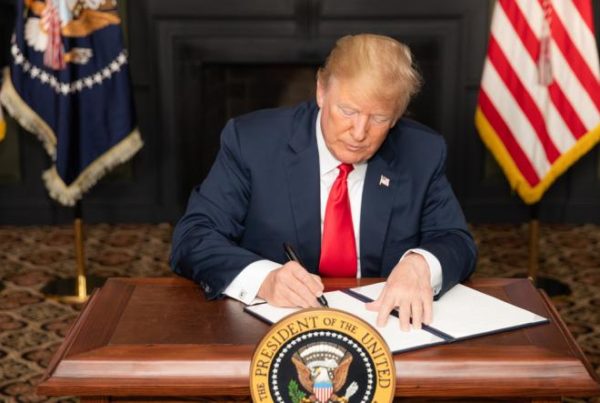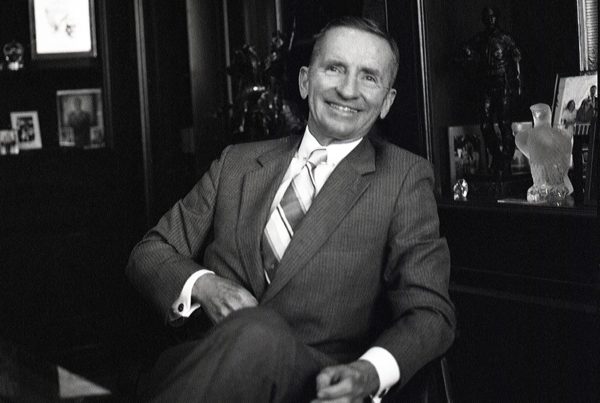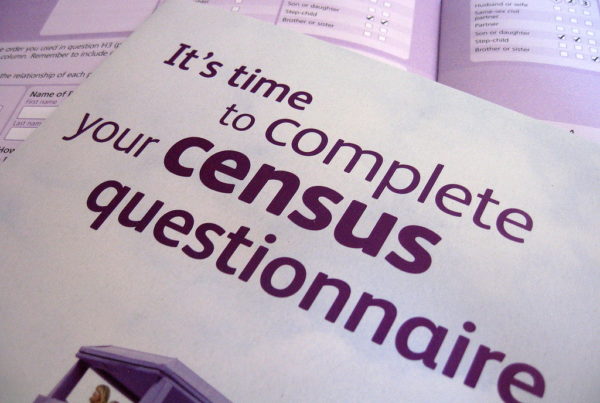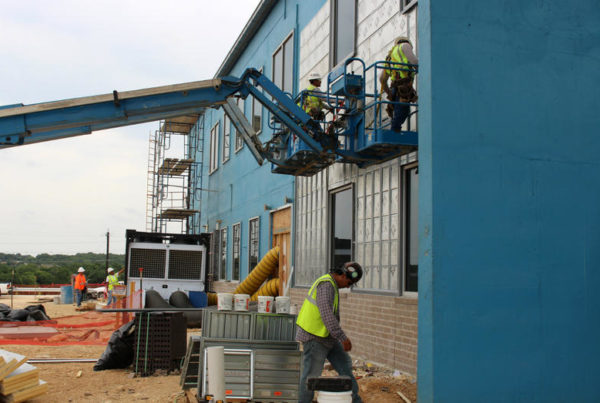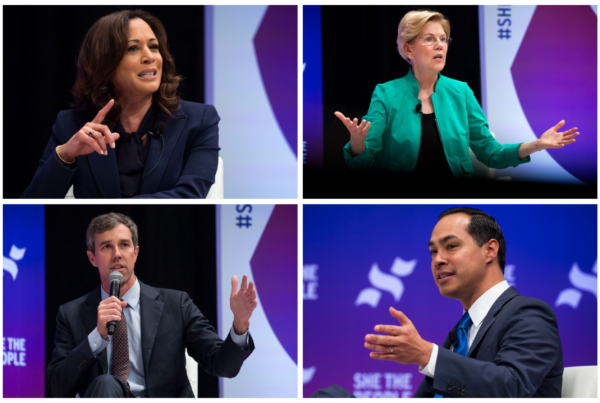The job market surged in Texas after the 2008 financial crisis. But the trend wasn’t spread evenly across the state. The “Texas miracle” only seemed to bless bigger cities like Austin, Dallas, Houston and San Antonio. Young professionals didn’t exactly flock to smaller towns and more rural parts of the state.
Jim Tankersley covers economic and tax policy for The New York Times, and says big cities often see more job and business growth, but it isn’t always this lopsided.
“There’s just been this growing inequality in where the new stuff sprouts up,” Tankersley says. “Increasingly, it’s in these big, what economists call ‘superstar cities,’ and that’s particularly true in Texas.”
Tankersley says the big-city atmosphere and economic opportunity draws young people from their smaller hometowns. What has changed, though, is that those same people are no longer making a return trek home like they did in the past.
“There’s this feeling, and I’ll tell you, it’s not just in Texas … this feeling that, hey, we send our kids off to college and they just don’t come back because they want to be where the bright lights are, where the jobs are,” Tankersley says.
Tankersley says small and midsized cities like Longview in East Texas are improving parks, schools and infrastructure to attract young professionals looking to buy homes and start families. But that effort doesn’t always make up for the limited job opportunities.
“Thats the big chicken-egg problem that not just Longview, but a lot of cities face,” Tankersley says. “What do you get first? Do you get a big supply of engineers who could feed a tech company that wants to open a new campus, or could, you know, start up their own businesses? Could there be a cradle of innovation somewhere? Or do you get those companies in first, and then you use those companies to attract the young workers?”
Tankersley says as this next generation of young Americans enters the workforce, they have the potential to take over small businesses in smaller cities when the older generation retires.
“There are lots of middle-sized cities. … And so, I would actually think that that could be an opportunity for entrepreneurial young people, especially in cities that really value small businesses,” Tankersley says.
Written by Geronimo Perez.






